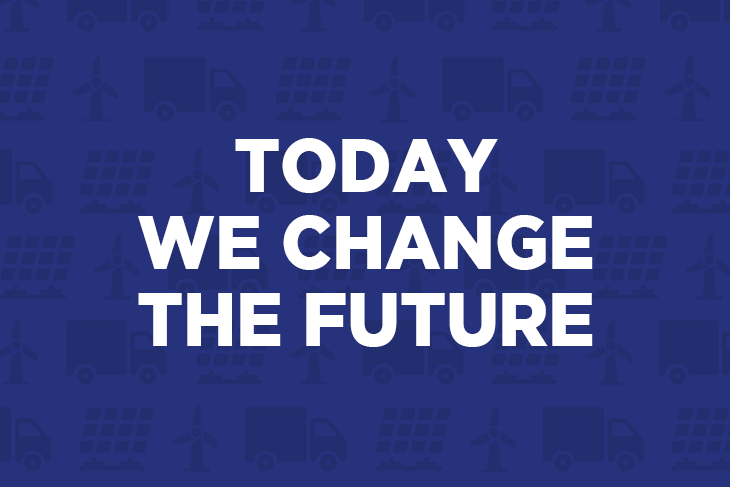The Supply Chain for Grain-Based Emissions
Markets are starting to price in attributes related to environmental conditions on farmland, and the crops sold off of them.
These days, most of the food sold in grocery stores is ultra-processed or UPF, and it’s showing up everywhere in the headlines. Anyone looking to understand this new dialogue around food and health will get it all in this great report from Vittles covering the definitions and backstory, plus an interesting balance of arguments.
The key point about UPF (and its prevalence in modern diets) for the purpose of this report is the fact that processing uses energy, and energy use generates greenhouse gas (GHG) emissions. At certain stages in the supply chain for UPF grain ingredients, emissions are generated in greater amounts than what is necessary.
In other words, existing players in supply chains for grain-based ingredients have options at their disposal for tweaking practices to reduce emissions. The economic gains available for doing so are many, including:
Cost savings
Market share advantages
Government payments
Corporate financial incentives
What Happens Where
The complexity of tracing ingredients and their Scope 3 emissions can be daunting to food companies with no direct relationship to their downstream suppliers. Still, they’re figuring it out and making bold claims along the way, like this one from Bimbo, the world’s largest bakery company.
Let’s break down the supply chain for grain and identify what happens where:
Fertilizer and fossil fuel-based energy cause heavy emissions in the manufacturing process, and escape from the cropping system in the field.
Emissions are scant in the transportation of grains from farms to market because collection points are scattered evenly across farming regions, minimizing truck hauling distances from farms to the primary buyers.
Railways move grain for highly efficient handling networks from the country to ports and processing plants, with relatively small emissions compared to truck transport.
The export terminals and bulk ocean shipping vessels that move grain to overseas markets are similarly minor users of energy, and are moving down the path of decarbonization, all over the world.
Manufacturing, packaging and last-mile distribution will create more GHG emissions for grain-based ultra-processed foods compared to their transport… as will the waste that occurs at the final stage of consumption, ending up in methane-producing landfills.
According to some reports, food brands are finding that out of all of the above activity, around 80% of their Scope 3 emissions are happening with the fertilizer applied to crops. Methane from feedlot cattle production are a significant contributor of emissions in agriculture too, but they’re not part of the supply chain for most ultra-processed foods, which has led to the current focus on grain-based ingredients.
Finding out how to reduce fertilizer without going broke is a huge barrier to adoption for reduced-input farming. Agronomists in a conflict of interest and/or mired in legacy systems for selling fertilizer to farmers are not helpful in devising tactics for reducing application methods and amounts. Independent agronomists can be, provided they have the necessary training in agroecology, the tools, and experience to successfully bring biology back into balance, in the soil and the crop.
Biology Fixes Chemistry, Naturally
It is the restoration of biological function in a field that enables farmers to make more money using less fertilizer in growing crops. Up until recently, agroecology wasn’t taught or even recognized at the university level in agricultural science programs, making it a rare skill these days.
Biological crop amendments tend to be cost-effective if applied properly, but the survival of the living species (in a product like compost) depends on them being transferred into the soil in a tight window, which is challenging on a large acreage base. Carbon-nitrogen and fungal-bacterial ratios are key indicators of soil function, along with soil organic matter and pH, all factors that are rarely, if ever measured by conventional sales agronomists.
Government are tackling these issues by paying farmers to try managing land differently, and to fill in the knowledge gaps. This involves connecting interested farms with established innovators and sharing information about successfully reducing fertilizer use.
More and more brands are jumping in with similar new programs, and are determined to use their might in the markets to measure and manage Scope 3 emissions across the supply chain. It’s cool how Bimbo demonstrates its understanding of how this needs to happen in the transportation and keypad images chosen for the background of their Net Zero Carbon Emissions logo:


